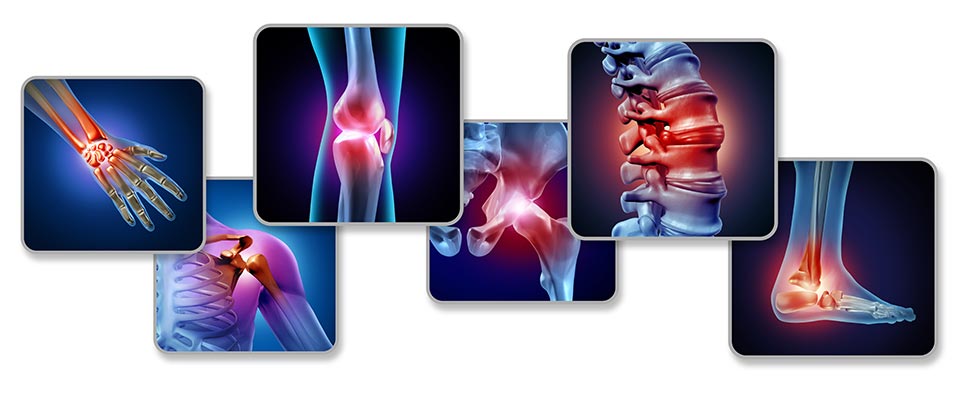Fact or Fiction? Musculoskeletal Myth Busting
By: Sami Ahmed, PT, DPT, CES,CMTPT
Before I began my physical therapy career at The Centers for Advanced Orthopaedics, I was a competitive martial artist and gymnast. I believe my 15+ years as an athlete gives me an advantage when I’m helping my patients build strength and recover through the physical therapy process. I’m able to put myself in the mindset of the patient to really understand their goals – and concerns – when it comes to physical therapy and recovery.

Given this experience as an athlete, I also know how tempting it can be to turn to the internet or a well-meaning friend for medical advice. But if you’re injured or are experiencing pain, a trusted medical provider should be your first call. Patients sometimes come into my office with misinformation, and as medical providers, it’s our job to reaffirm the facts and set the record straight. Let’s unpack some of the most common musculoskeletal myths I’ve heard patients ask about throughout my years as a physical therapist:
“My joints are cracking so I know I have arthritis.”
It’s a common misconception that cracking joints automatically equates to arthritis – this can actually be a sign of several conditions ranging in severity. If your joints are suddenly cracking more often, you should see a specialist before making any assumptions.
“Running is good for me.”
We know that cardiovascular exercise has countless benefits but running isn’t for everyone. A workout program should be customized for each individual athlete. If you are recovering from an injury or are managing a specific chronic condition, you may be better off with lower impact exercises like walking, biking or strength training.
“I’ll lose weight if I exercise more.”
Sure, exercise is an integral part of a weight loss routine. But your nutrition and other lifestyle choices are also key. If you’re looking to lose weight, you need a well-rounded plan and you may benefit from consulting your doctor first.
“I don’t need physical therapy until after my surgery.”
We have found that beginning physical therapy before surgery can improve post-operative outcomes for certain procedures. It can help you build strength and speed up your recovery. Talk to your surgeon about whether or not pre-operative physical therapy is a fit for you.
“My joints always hurt when it’s cold outside.”
Changes in barometric pressure can lead to joint pain, but there is no connection between decreasing temperatures and joint pain.
“I’m just as fit as I was pre-pandemic.”
If you maintained your exercise routine throughout the pandemic, you’re right – you probably are just as fit, or maybe even more fit, than you were two years ago. But if you took time off from training during the pandemic, don’t assume you can jump back in where you left off. You may be surprised to learn that you need to start at the beginning or at least take it slow if you took a long break – otherwise, you may be sidelined by pain or an injury.
“My parent had a hip replacement and now I’m starting to feel hip pain. That means I’ll need a hip replacement, too.”
This could be the case, but there are a lot of environmental and lifestyle considerations that factor into the need for surgery. Many doctors at CAO focus on non-operative treatments that could prevent or delay the need for a joint replacement.
At CAO, we are dedicated to understanding each individual patient’s needs, and what may be true for one patient may not apply to another. If you’re experiencing pain, injured yourself while exercising or have genetic concerns, don’t automatically trust what you read online. Our team of highly skilled physicians and physical therapists is here to help.
Sami Ahmed, DPT, CES, SFMA is the Director of our Ellicott City and Fulton physical therapy clinics. He completed his undergraduate degree in kinesiology with a focus on biomechanics at the University of Maryland in 2012 and completed his doctorate in physical therapy at Marymount University.

